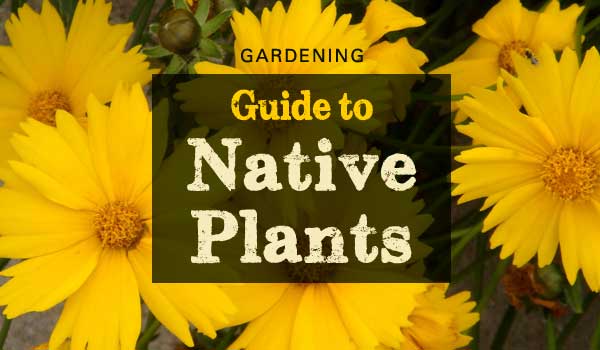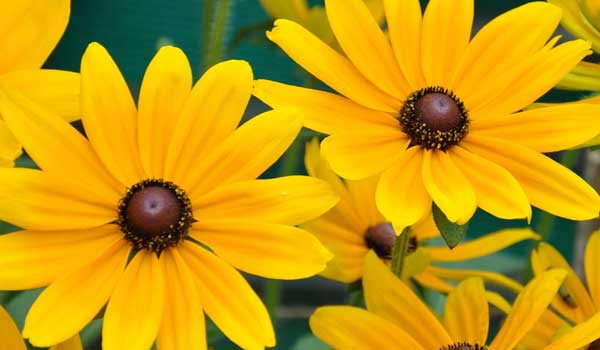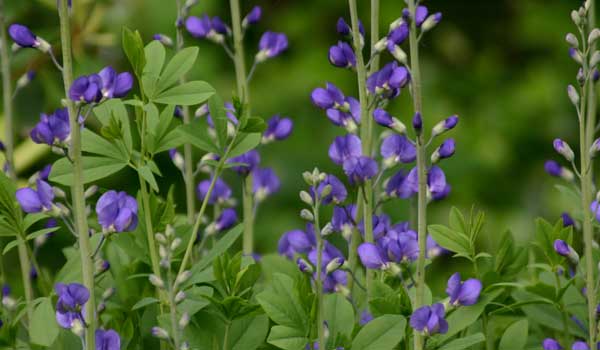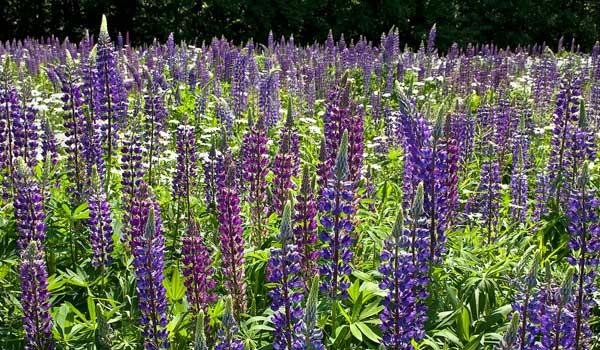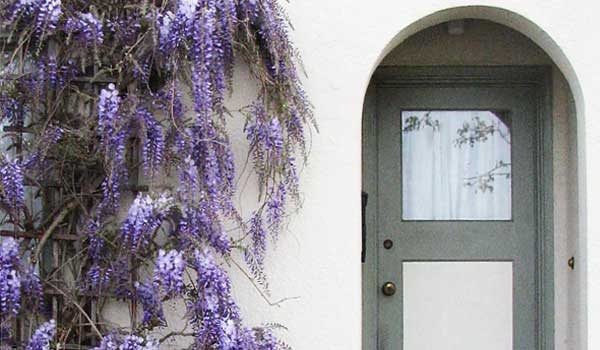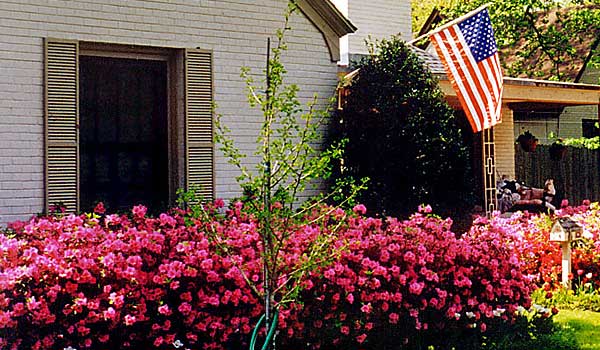Gardening: Guide to Native Plants
Cary, NC — Our North Carolina climate can be tough on plants that “aren’t from around here.” Our suggestion for the best garden success? Go Native!
Plants that originate in the Southeast can handle our hot dry summers, the humidity from June-September and our dry July and August. If you plant native species in your yard, chances are you will not use as much water, not have plants susceptible to disease , and have a plethora of wild flowers to cut and bring inside.
Sun-loving Herbaceous Perennials
If you enjoy flowers that are easy to care for, look no further than Rudbeckia, otherwise known as Black-eyed Susan. These sun lovers are carfree bloomers, that love our climate. Yarrow is also popular, but can be a bit invasive, meaning that is spreads like crazy and may take over a bed when mixed with other plantings.
Black-eyed Susans by P. L. Tandon.
Coreopsis is blooming now and spreads nicely without taking over. Butterflyweed (or milkweed) does spread from its downy spores, but has the added benefit of being an excellent attraction for Monarch butterflies. Blue Indigo is subtle and dies back to the ground in winter, so mark where you’ve planted it. It does not readily spread, but the plant will increase in size each year. It likes a full sun location.
Blue Indigo by Christine Kalina.
Other popular perennials that we have had great success with include Echinacea or Cone Flowers. These are easy, and will spread slowly. Popular colors are white or purple. The spikey cones at the center of each flower hold seeds that attract gold finches.
Lupine and Lobelia are great for adding a spot of blue int he garden and stand on tall stalks where you need some height in a flower bed.
Lupine by Liz West.
All of the above flowering plants require very low water and will bloom for a few weeks in the heat from mid-May- Mid July.
Vines
Honeysuckle smells heavenly in early spring and can be found growing wild in the piney woods of Cary. But if you lack this natural appearing vine in your yard, it’s an easy one to grow and will reward you in May with the fragrance of the Gods. Another popular vine is Trumpet vine with its long orange flowers that hummingbirds love to visit.
Honeysuckle by Julie Falk.
Our native purple wisteria is not much to look at most of the year, but come late April those long clusters of lilac colored blossoms make a gorgeous tableau hanging over an arbor on a patio or deck.
Wisteria by Sean O’Hara.
Shrubs
Beauty berry (Callicarpa americana) occurs in the woods, but you can easily plant this native and it will reward you with pretty berries that the song birds will appreciate.
Dogwood (the official tree of North Carolina, and the flower represented on the Town of Cary seal) is easy to grow here. Planted properly this shrub/ tree will flower every May and requires little to no care. The Pagoda dogwood is more of a shrub to its small tree cousin.
Dogwood by Paul.
Who doesn’t love an Hydrangea? The love shade, require little or no care and bloom for weeks in the summer. You can even change the color of the blooms from white to red to blue by altering the pH (acidity) of the soil. Easy to make cuttings for new plants.
Hydrangea by Lori Stalteri.
Azaleas are abundant to this area, but sometimes tricky to plant. They like acidic soil, and do well when planted near our ever-present loblolly pines. But mulch them well and plant in the winter, not when they are flowering.
Azaleas by Steven Martin.
If you pick from the list above, you should have a garden that requires little care, and will stay in harmony with our climate. Happy gardening!
———————————————————————————————————————
Story by Lindsey Chester. Lead photo of Coreopsis by Camelia.
———————————————————————————————————————
The Gardening column is sponsored by Garden Supply Company on Old Apex Road in Cary.

